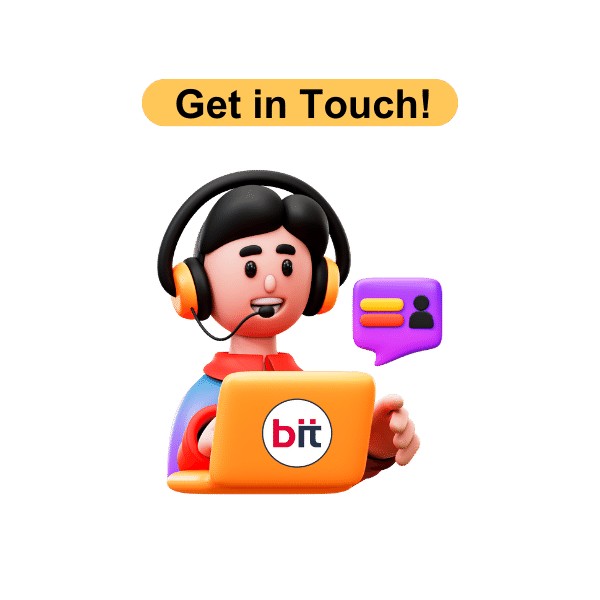The scope of a Diploma in Computer Application (DCA) in India is substantial, given the country's growing reliance on digital technologies across various sectors. Here are some key aspects highlighting its scope:
- Employment Opportunities: Graduates of DCA can find employment in a wide range of sectors, including IT services, government organizations, educational institutions, healthcare, banking, retail, and more. They are often hired for roles such as office assistants, data entry operators, accounts executives, junior programmers, graphic designers, web developers, and technical support staff.
- Skill Development: The course equips students with practical skills in using software applications (MS Office, Tally Prime), programming basics (C programming), graphic design tools (Adobe Photoshop, CorelDRAW), web design (HTML, CSS, JavaScript), and hardware/networking basics. These skills are in high demand across industries seeking to enhance digital capabilities.
- Entrepreneurial Opportunities: DCA graduates with a creative streak can venture into freelance work or start their own businesses in graphic design, web development, digital marketing, or IT consulting services, leveraging their acquired skills.
- Further Education: The diploma serves as a foundation for further studies in specialized areas like software development, digital marketing, cybersecurity, data science, and more. Graduates can pursue advanced diplomas, bachelor's degrees, or certifications to deepen their expertise and career prospects.
- Industry Demand: With the ongoing digital transformation in India, there is a growing demand for professionals who can effectively utilize computer applications, manage digital data, develop websites, and provide technical support. DCA graduates are well-positioned to meet these demands and contribute to organizational growth and efficiency.
Overall, the Diploma in Computer Application course in India offers a practical pathway to enter the workforce or pursue higher education in the dynamic field of information technology, making it a viable choice for those aspiring to build a career in the digital age.



 4.8 (21,636) reviews
4.8 (21,636) reviews


 Read more
Read more 
